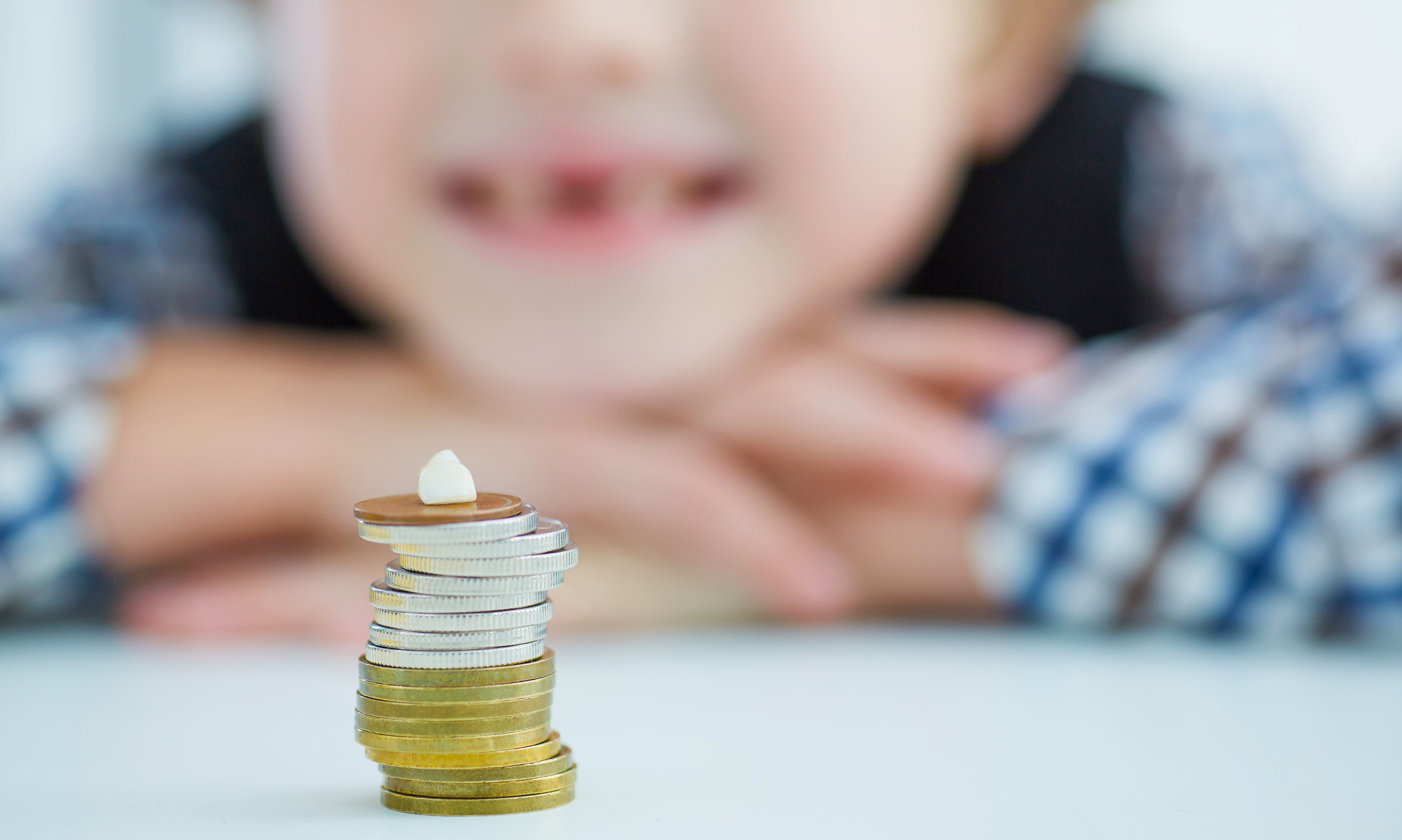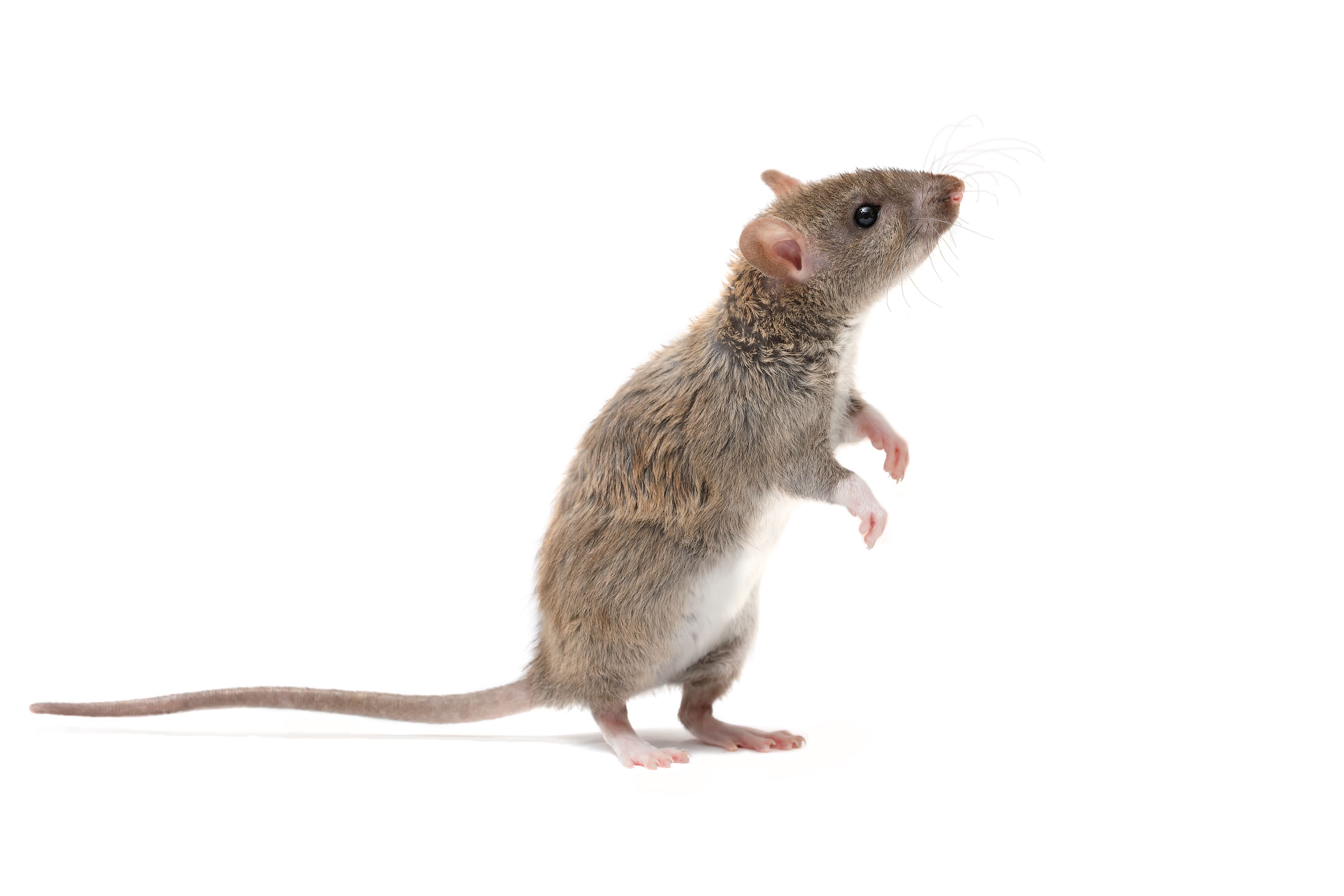- About Us
- Advertise
- Editorial
- Contact Us
- Terms and Conditions
- Privacy Policy
- Do Not Sell My Personal Information
© 2025 MJH Life Sciences™ and Dental Products Report. All rights reserved.
6 Dental Folklore and Traditions Around the World
Across cultures, there are many different folklore and traditions about what we should do with our baby teeth when we lose them.
There are many different cultures around the world, and each culture has different traditions and stories about what we do with our baby teeth when we lose them. Here are just a few traditions and folklore having to do with losing our baby teeth.

The Tooth Fairy
Most people are probably familiar with the Tooth Fairy, a legendary character who takes baby teeth placed under a pillow and replaces those teeth with money. It is believed that the Tooth Fairy originated around 1900 as an amalgamation of a few different European legends. Because a pleasant and friendly fairy was appealing to younger audiences, the Tooth Fairy became the more popular interpretation of the folklore.
Photo courtesy of cameravit / stock.adobe.com

A Tooth Rodent
The European predecessor to the Tooth Fairy was more commonly interpretated as a mouse or rat. In Spain he is called El Raton or Ratoncito Pérez, in Italy he was called Topolino, and in France he was called La Petite Souris. This little rodent would perform a similar job as the Tooth Fairy, coming to collect a baby tooth then replacing it with a coin for the child. Mice are significant to dental traditions and folklore all over the world, perhaps because their teeth continually grow over the course of their lives.
Photo courtesy of torook / stock.adobe.com

Tooth Burning
In medieval Europe, fears of witchcraft were prevalent in many aspects of daily life. This fear fueled the tradition of children burning their baby teeth whenever they would fall out. This tooth burning was said to ward off witches who would otherwise use the teeth to control the children. Burning your baby teeth was a ways to ward off evil.
Photo courtesy of ekim / stock.adobe.com

Tossing Your Teeth
In Japan and Korea, there is a belief that tossing any of your lost bottom teeth on your roof and the top teeth underneath the house as an opposite. In Vietnam, upper and lower teeth are both thrown over the house. This is meant to ensure that the lower tooth grows upward healthily and the top teeth to grow downward healthily, symbolically similar to the roots of a tree. There is also a tradition to shout as you’re throwing the tooth, asking that the tooth be replaced with a tooth of a mouse. Mouse teeth grow continually, so children want to emulate those lasting teeth.
Photo courtesy of Евгения Янцева / stock.adobe.com

Bringing Teeth into Battle
In some Scandinavian cultures, teeth that had fallen out were saved and thought to bring good luck. Because of this good luck, teeth were often brought into battle even sometimes in the form of a necklace.
Photo courtesy of PatSM / stock.adobe.com

Tooth Burial
In quite a few cultures, burying a baby tooth means future prosperity in life, whether that be a career, health, or even just general wellness. In Europe, children would bury their teeth in the garden in an effort to support the growth of their teeth, much like the growth of the plants in the garden. In Turkey, children are encouraged to bury their teeth where they want to work in the future. If a child wanted to be a teacher or professor, they might bury their tooth by a school.



